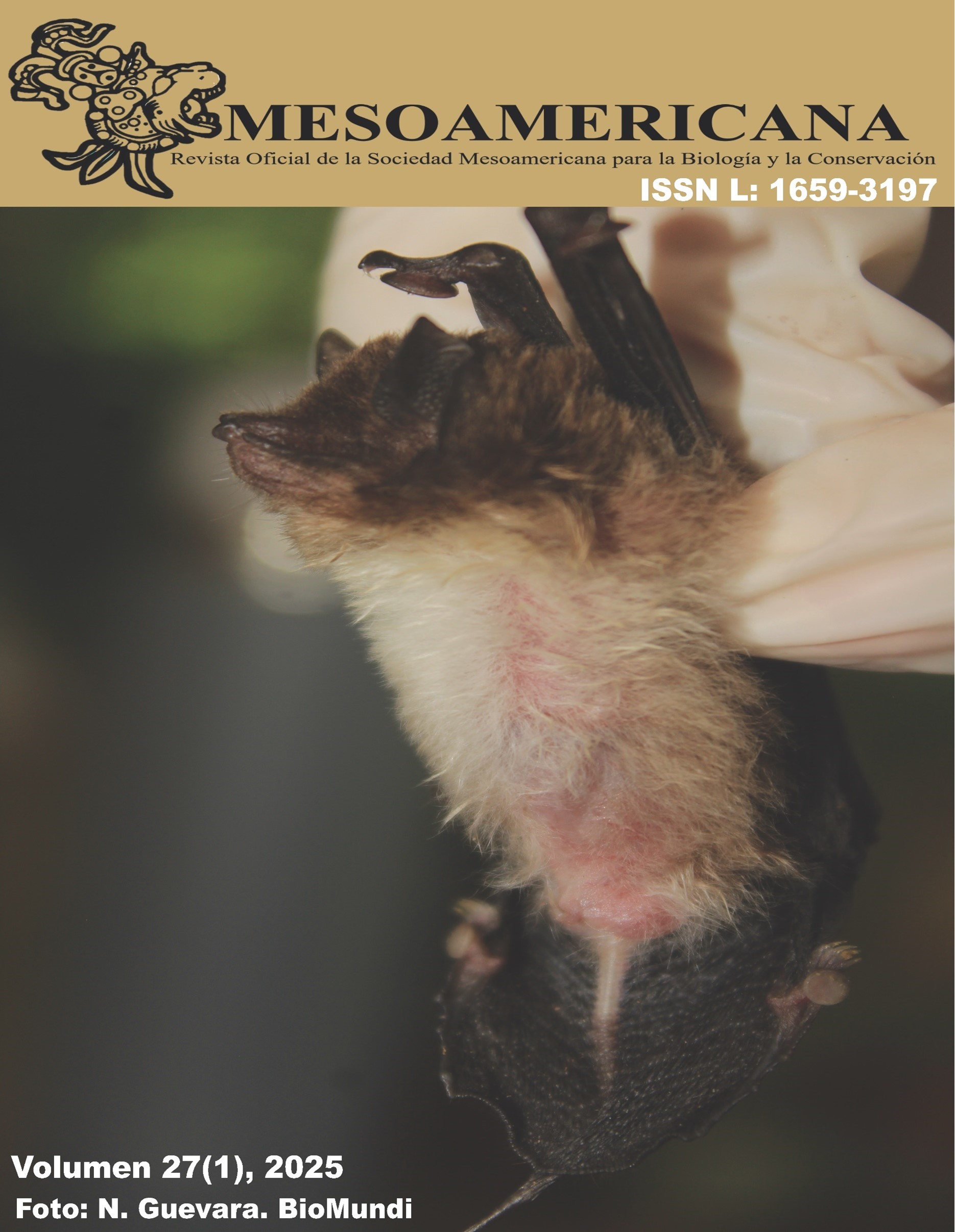

The captive maintenance of Phrynonax poecilonotus presents challenges due to limited knowledge of its specific requirements. This study assessed environmental conditions, diet, shelter use, and shedding frequency in two individuals kept in terrariums for 12 months. Recorded temperatures ranged from 24-27 °C, relative humidity from 70-80 %, and a photoperiod of 8 hours light/16 hours dark. The specimens exhibited high acceptance of chicken eggs as food, consuming an average of 3 eggs every 10 days, which correlated with shedding every 2-3 weeks. Shelter usage varied between 32.14 % and 95.24
% of the weekly time, highlighting its importance for the species' welfare. A preference for coconut fiber over Aspen substrate was observed. The results suggest that an egg-based diet is viable for P. poecilonotus in captivity and that access to shelters is a key factor in its management. Future studies with larger sample sizes could confirm these findings and enhance husbandry practices for the species.